I have created a rectangle of the following shape using sketch.
When I hover it I need to animate and rest as the below shape.
Is there a way I can animate it using css only from concave to convex.
Any help would be appreciated. I am fine with svg solution as well.
Here is the link to the fiddle for svg.
<svg width="641px" height="313px" viewBox="0 0 641 313" version="1.1" xmlns="http://www.w3.org/2000/svg" xmlns:xlink="http://www.w3.org/1999/xlink">
<!-- Generator: Sketch 52.5 (67469) - http://www.bohemiancoding.com/sketch -->
<title>Concave</title>
<desc>Created with Sketch.</desc>
<defs>
<path d="M0,252.683363 C104.477953,274.894454 210.133596,286 316.966929,286 C423.800262,286 531.811286,274.894454 641,252.683363 L641,565 L0,565 L0,252.683363 Z" id="path-1"></path>
</defs>
<g id="Page-1" stroke="none" stroke-width="1" fill="none" fill-rule="evenodd">
<g id="iteration-3" transform="translate(-752.000000, -3299.000000)">
<g id="case--study" transform="translate(0.000000, 2766.000000)">
<g transform="translate(50.000000, 100.000000)" id="case--study--1-copy">
<g transform="translate(702.000000, 181.000000)">
<use id="bottom" fill="#000000" fill-rule="nonzero" xlink:href="#path-1"></use>
</g>
</g>
</g>
</g>
</g>
</svg>
